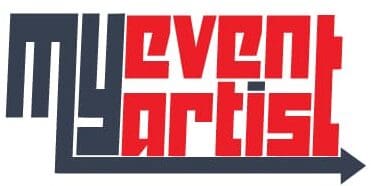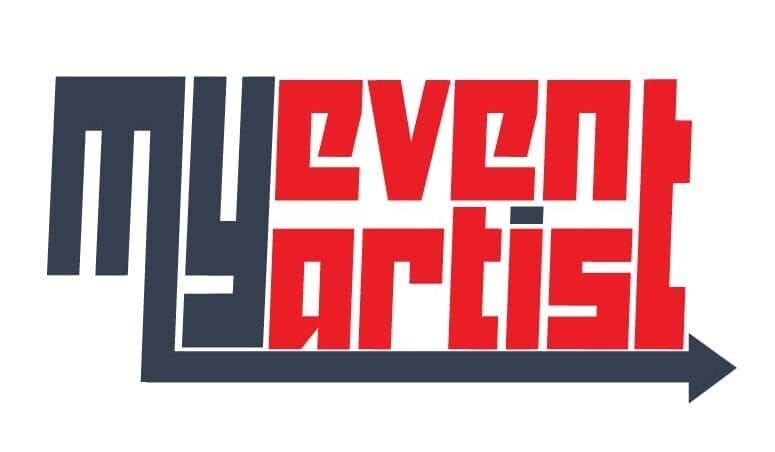Practical guidance for communicating your vision to a design professional.
Creating a memorable, effective logo for your sports event starts long before the first sketch. The foundation of a successful design is clear communication between you and your designer. When you know how to brief a designer properly, you dramatically increase the chances of getting a logo that perfectly captures your event’s identity and energizes your audience. Here’s how to ensure your design collaboration gets off to the best possible start:
1. Understand the Power of a Clear Brief
A logo is more than just a graphic—it’s the face of your sports event. That’s why providing your designer with all the right information is crucial. A clear, comprehensive brief ensures your designer understands your vision, saving time, reducing revisions, and ultimately delivering results that wow.
2. Essential Steps to Building a Design Brief
a. Define Your Event Goals
Start by outlining what you want your logo to achieve:
- Is the event community-focused or a high-profile tournament?
- Should the branding emphasize tradition and heritage or excitement and innovation?
- Are there key messages or emotions you want the logo to convey?
b. Identify Your Target Audience
Explain who will see and connect with your logo:
- What is the age range and demographic?
- Is the audience mostly athletes, families, sponsors, or local supporters?
- Are there cultural or regional influences to consider?
c. Outline Key Design Elements
- Colors: List any preferred or required colors. Are there city, team, or sponsor colors that must be included?
- Themes & Styles: Should the logo feel modern, classic, bold, minimalist, playful, etc.?
- Imagery & Symbols: Are there mascots, local landmarks, or sports equipment that must be represented—or avoided?
- Usage Needs: Where will the logo appear? Think digital, print, merchandise, uniforms, etc.
d. Provide Examples and Inspiration
Visual references help bridge the gap between imagination and execution. Share:
- Logos you like (and why you like them)
- Logos you don’t like (and why)
- Mood boards, sketches, or branding examples from similar events
3. Collaborating Effectively With Your Designer
a. Maintain Open Communication
Set expectations for how and when you’ll check in (email, virtual meetings, shared documents). Prompt, honest feedback will keep the project on track.
b. Welcome Feedback and Expertise
Designers bring valuable experience—respect their suggestions, especially on technical aspects like scalability or color choices.
c. Establish Timelines and Milestones
Lay out key dates for drafts, feedback rounds, and final delivery to avoid last-minute scrambles.
4. Why a Defined Vision Matters
A well-considered brief doesn’t just make your life easier—it empowers your designer to channel your vision into a logo that:
- Stands out among other event branding
- Clearly represents your mission and values
- Works consistently across all platforms and print media
Quick Checklist for Your Logo Brief
- Purpose of the event and key messages
- Description of your target audience
- Required colors, themes, and style preferences
- Specific imagery, symbols, or text to include (or avoid)
- Examples of design inspiration
- Practical information: formats needed, deadline, and budget
Conclusion
Your event’s logo sets the tone for the entire experience—a compelling design can spark enthusiasm, foster pride, and make your event memorable. By preparing a clear, thoughtful brief and collaborating openly with your designer, you’re setting the stage for logo success.
Ready to bring your sports event vision to life?
Explore customizable designs, or connect with a professional designer at https://myeventartist.com/shop/.
Keywords: design brief, custom sports logo, event branding, logo design tips, communicate vision, working with designers
#sportsbranding #logodesigntips #eventbranding #customlogo #designbrief



Leave a Reply